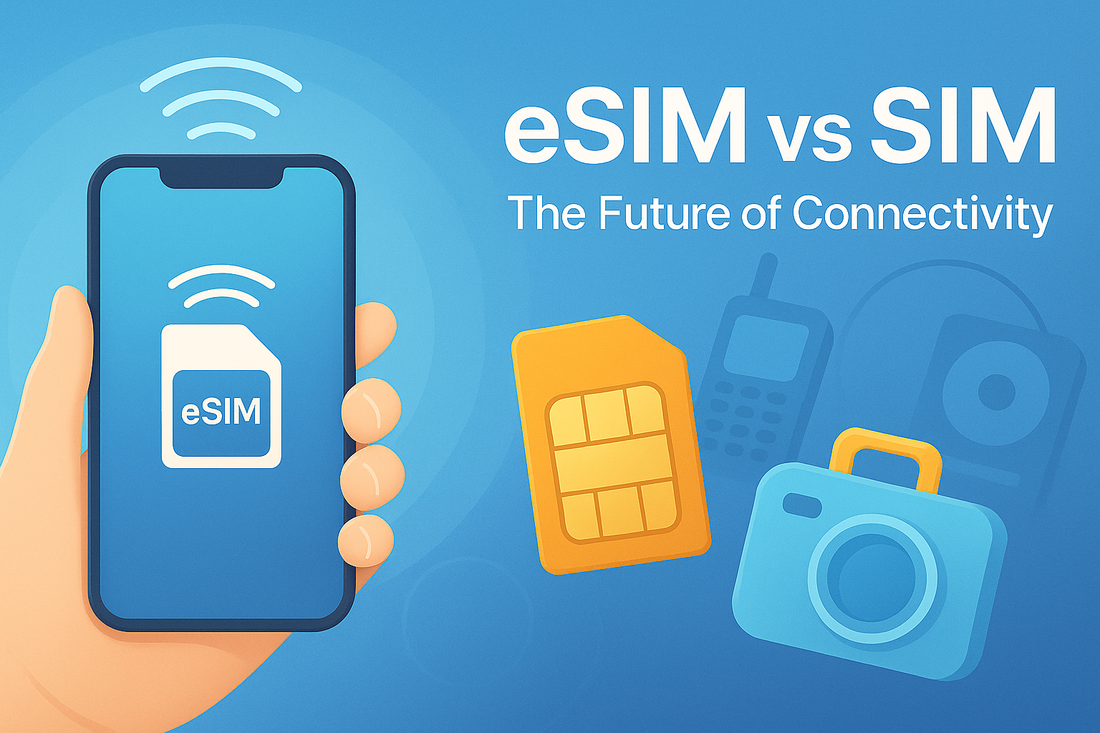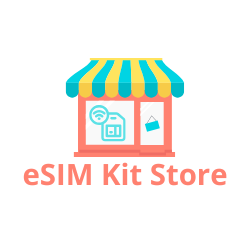
eSIM vs Physical SIM: Why eSIM Becomes the Default After 2025 (Guide, Market Data, Travel Picks)
share

eSIM vs Physical SIM: Why eSIM Is the Future
Instant activation • Safer by design • Built for multi-country travel
Physical SIMs require a tiny plastic card. eSIM stores your plan digitally on the device and can be activated online with a QR code. It matches how we travel and switch plans today—fast, flexible and card-free.
eSIM vs SIM: Quick Comparison
| Aspect | Physical SIM | eSIM |
|---|---|---|
| Setup | Insert a card | Scan QR, activate online |
| Switching | Swap cards & carriers | Digital profile switch |
| Travel | Change card per country | One plan across regions |
| Security | Removable, can be lost | Device-bound, remote disable |
| Sustainability | Plastic & packaging | Low waste, no shipping |
📈 Market Trends & Data: The Unstoppable Rise of eSIM
- 📊 Fortune Business Insights: Global eSIM market ≈ USD 1.22B (2023), projected to USD 6.29B by 2032.
- 📈 The Insight Partners: ≈ USD 551M (2024) → USD 1.798B (2031), CAGR ≈ 18.7%.
- 🌍 Market.us: ≈ USD 8.8B (2023) → USD 20.6B (2032), CAGR ≈ 10.2%.
- 📡 Amra & Elma: 2022–2030 growth estimated at 7–10.2% annually.
- 🧳 Travel eSIM: Rapid expansion; 2024 in the hundreds of millions USD, with multi-year doubling outlook. Around 70M travel eSIMs (2024) → 280M (2030).
Bottom line: eSIM is becoming the global standard. More brands ship eSIM-first devices, and future flagships may drop the physical SIM tray entirely.
🌏 Start Your Next Trip with eSIM
Buy online, scan the QR code before departure, and go:
- Asia (9 destinations): Asia Explorer eSIM
- Europe (multi-country): Europe Travel eSIM
- Australia: Australia eSIM
Tip: check device compatibility and activate at least one day before departure.
